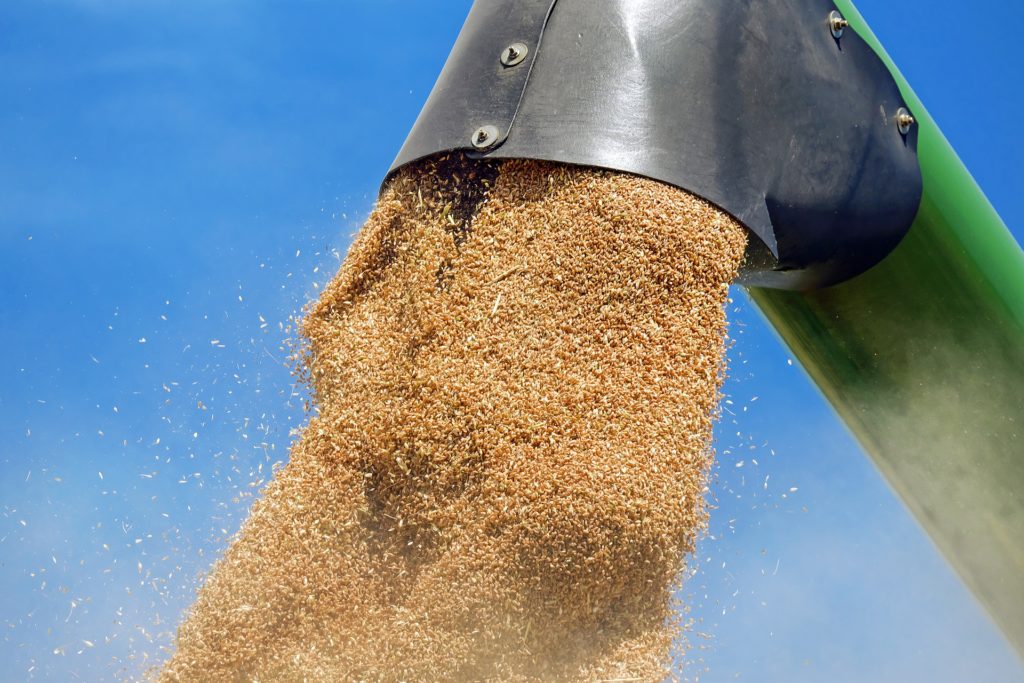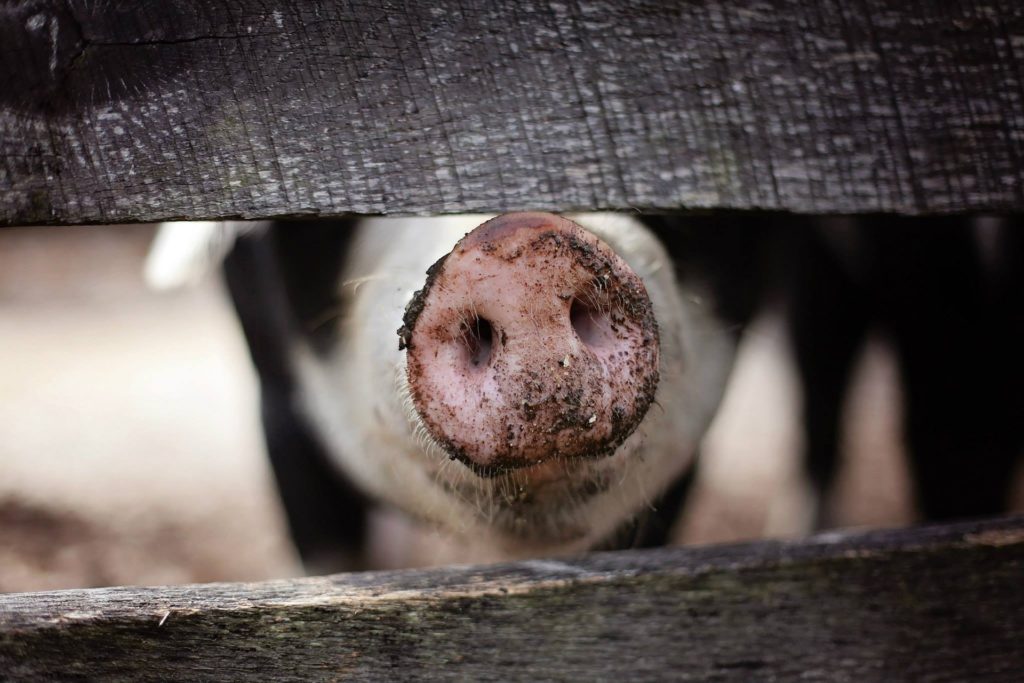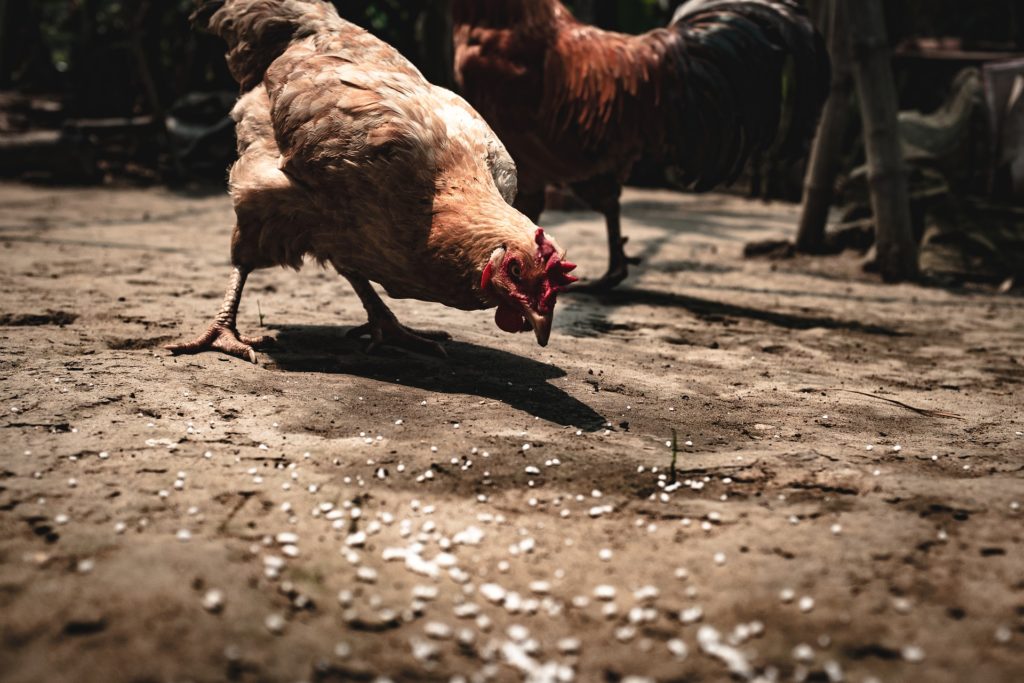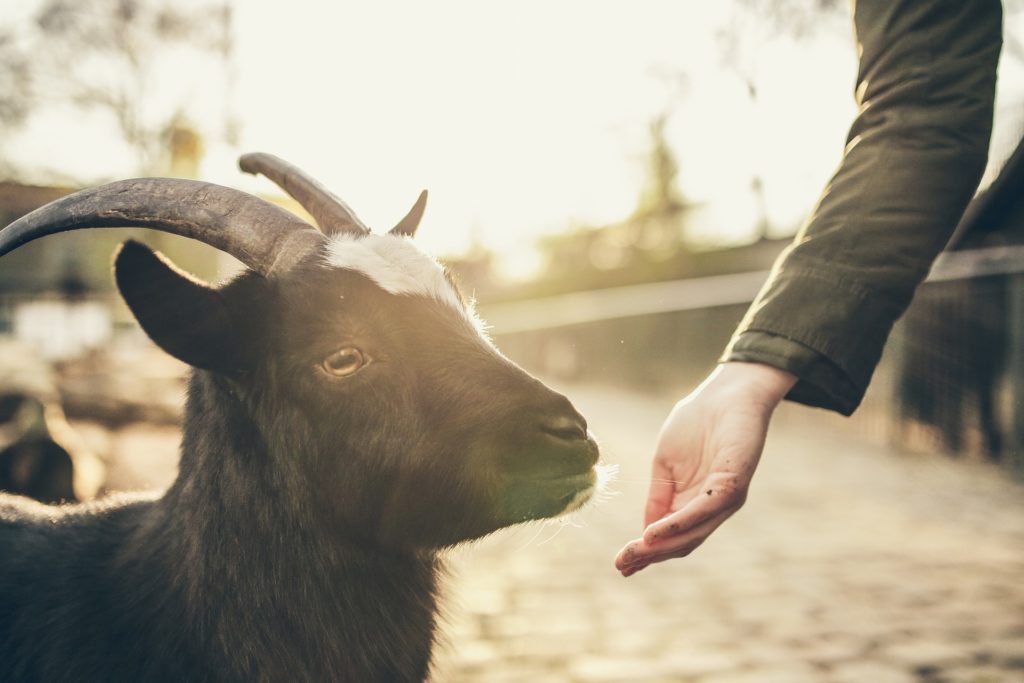In first world countries, it is rather common to feed animals such as cattle, chickens, pigs, sheep, and goats a mix of grain as their primary feed mix. Corn, wheat, barley, soy, millet, sunflower seeds, and alfalfa are all common within livestock feed. Most also have a vitamin or mineral mix added to them. With many people growing up around commercial feed, they forget that commercial feed has only been around for a short time; for thousands of years, domesticated animals were not fed “feed.”

Alternative, Non-Commercial Feed & Diets are Possible for Cattle, Pigs, Chickens, Sheep, Goats, and Ducks!
As a matter of fact, many people tend to be scared to venture away from feeding animals anything other than commercial feed and hay, and perhaps even silage. This prevents them from potentially saving money, while raising their animals from the organic, heirloom, responsibly-grown fruits of their land… such as the cheap, easily grown, and energy packed potato.
Now, I’m not saying to abandon all commercial feed and mineral mixes to simply “hope for the best.” That just isn’t how animal nutrition works. Instead, it’s important to understand what an animal’s requirements are for acceptable growth rates to harvest (or for milk/egg/hair production) and to understand how the animal would normally eat in a natural, wild environment.
In times of hardship, potatoes are heavily relied on for both animals and humans. They store incredibly well through the cold months rather than rotting. This allows them to stay fresh for months on end, especially when feed cannot be sourced at an affordable price. Planting potatoes in raised beds can provide record yields, when the potatoes are given adequate care.

Cattle Generally Eat Grass, but They Can Be Raised on Potatoes, Too!
Cattle have more than one stomach, which allows them to eat and digest raw potatoes rather easily. In the wild, cattle would generally eat grasses, sprouts, and perhaps a few seed heads and fruits that they find rather appealing. Potatoes aren’t quite a fruit or a grass; but they do meet some of the nutritional needs of cattle and can help to fatten them up. As a matter of fact, potatoes can be fed in amounts up to 25 to 35 pounds (or up to 8 lb dried)! Potatoes should only compose up to 20% of a dairy cow’s diet, though, as a cow who is giving milk could offer tainted or milk or suffer from milk fat depression otherwise. Potato silage has been found to be nearly as beneficial as corn silage, but it wasn’t quite as cost effective. Potatoes should also be chopped up, as the cattle do not prefer whole potatoes quite as much.
In cattle who are to be used for beef, they can be provided up to 40 pounds per day of chopped, raw potatoes. In order to maximize the weight gain that is expected of beef cattle, the potatoes can make up 50% or less of the beef cattle’s ration. If the cattle are fed more than a 50% ration, cattle producers may see a sharp decline in performance and beef production. For those who are trying to provide a more natural diet for their beef cattle, grain-free grass fed cattle can greatly benefit from the added carbohydrates in potatoes.

Raising Pigs & Hogs on Natural Diets Utilizing Potatoes
For the pastured hog, high factory farming weight gain is probably not of great concern. Therefore, commercial hog feed might not be used at all. For those that DO use commercial hog feed and expect fast gains, potatoes can replace up to half of a pig’s grain ration. The potatoes must be cooked so that the hogs can easily digest them. Raw potatoes are hard on a pig’s stomach, unlike ruminants. In order to offer the pig all of the nutrition that a potato holds, try steaming them or dehydrating and re-hydrating.
For the pastured hogs or those who are not anticipating fast weight gains, potatoes can be tossed in as a hefty treat. They will help the hogs to put on additional weight, especially during the cold months of fall and winter. They will not provide all of the protein needs of hogs, however. Since pastured hogs are primarily foraging, potatoes can help to boost the amount of roots and tubers that they are consuming, which might not be available in maintained acreages.
Can Chickens Eat Potatoes as a Feed Source?
Since potatoes are not as high in protein as many legumes are, they are not prime feed for chickens. Chickens can have boiled or mashed potatoes, without skins, as an energy boosting treat. Chickens seem to be particularly sensitive to solanine, the dangerous chemical that occurs in green potatoes, sprouts, and foliage. Therefore, all potatoes fed to chickens should not include skins, green skins, foliage, or sprouts. The extra carbohydrates could be welcomed during the cold winter months, so be sure to give them a bowl of them when the mood strikes!

Proceed with Caution, As Goats Might Not Be On Board!
Goats have relatively high protein needs, and potatoes cannot meet those demands. Many goats love potatoes while others have no interest. Potatoes could be a good treat when accepted, but they cannot be a primary food source for goats. Be mindful of green skins or shoots as well, just like the above species. If goats eat a feed that is too low in protein that eventually causes a deficiency, the goat may begin to lose weight and eat less due to the deficiency.

Sheep LOVE the Potatoes! But, Can They be Used as Alternative Fodder or Feed?
Sheep might be slow to accept potatoes as a feed, but once they start they generally love them! Again, watch for green potatoes to avoid solanine. They should also be washed very well, and could even use a good scrubbing. Like the cattle, sheep will prefer them raw and chopped. Introduce the potatoes very slowly to reduce the risk of problems such as acidosis. Once the sheep has slowly become accustomed to the potatoes as a feed, they can be used to help reduce food costs while fattening lambs and ewes that are lactating.
Since potatoes are low in protein, they will require an additional source of protein rich feed. The potatoes offer lots of energy and potato waste has proven successful in many farms that were in seek of cutting feed costs.

Keeping the Life Cycle Going: Storing the Seed Potatoes
Once the potatoes have been harvested for livestock feed, don’t forget one of the most critical steps during the curing process: designate several tubers for seed potatoes for the following season. These potatoes can be stored in the fridge to prevent sprouting. However, don’t place the feed tubers in the fridge due to potential hazards. These seed potatoes will be necessary for planting the following year’s crop. In times of hardship, whether it be due to economic failure, war, famine, or simply feed shortages resulting in high prices, potatoes could be a very valuable feed commodity.